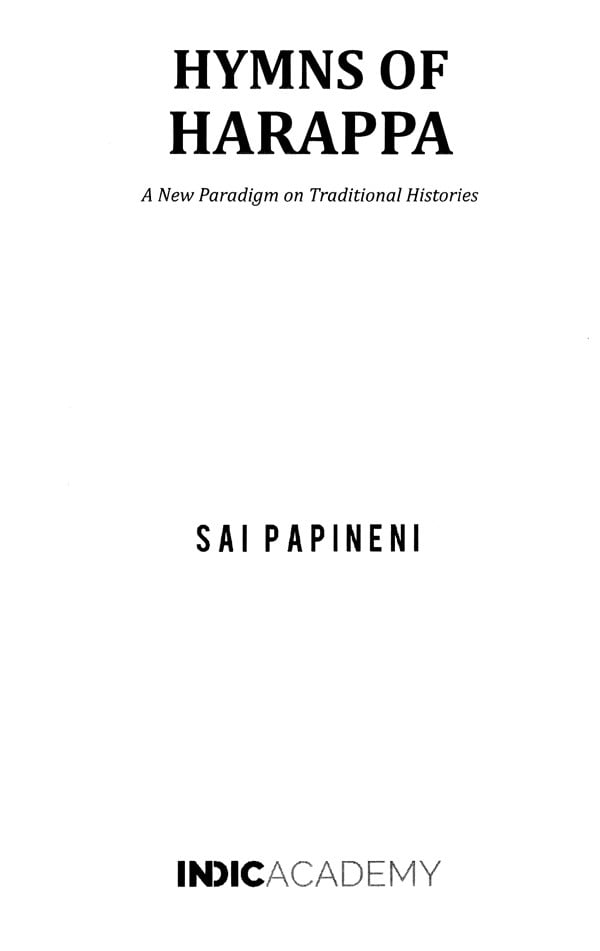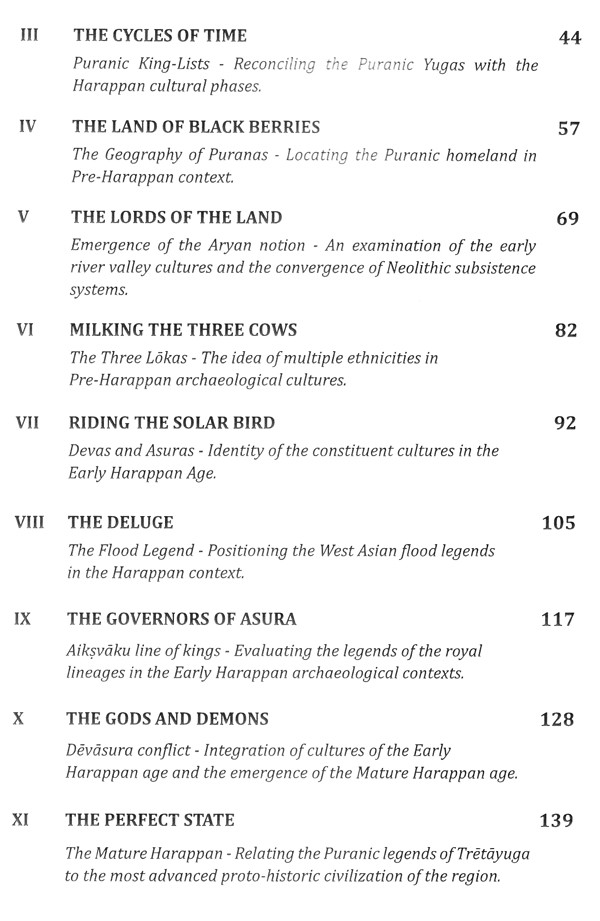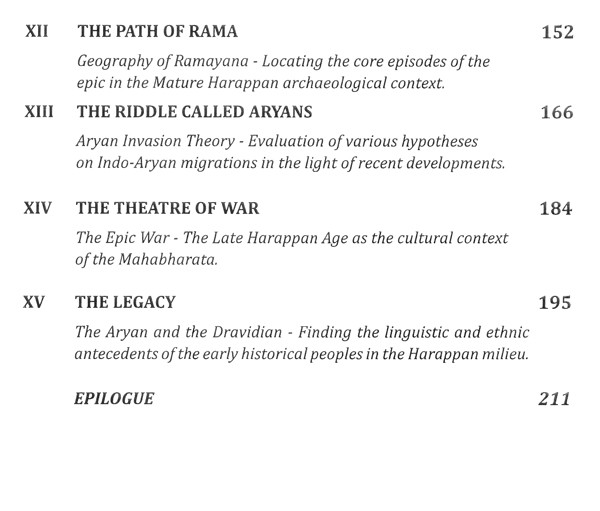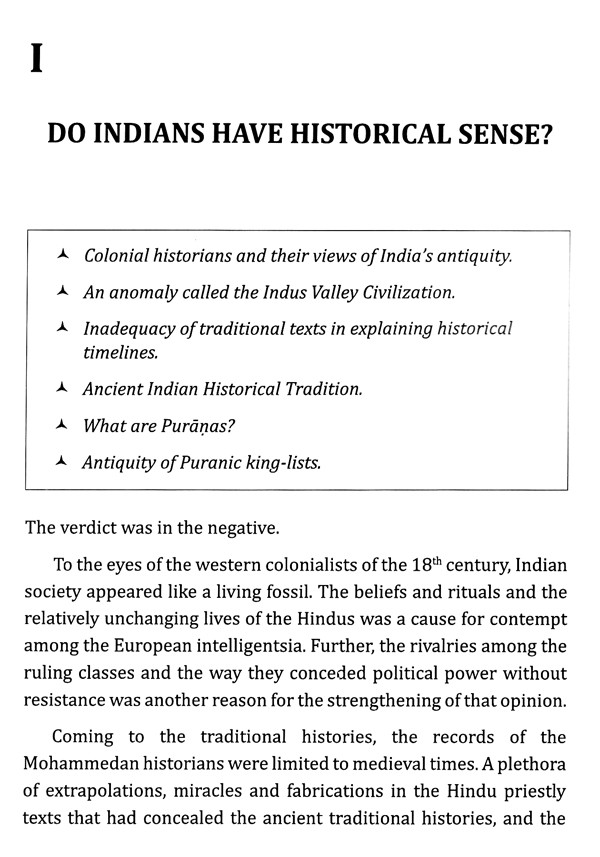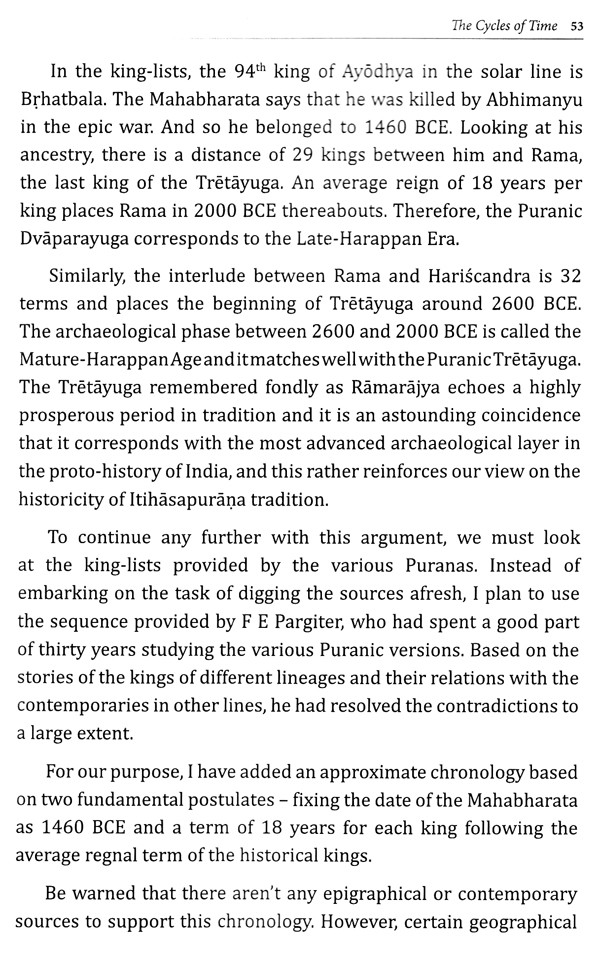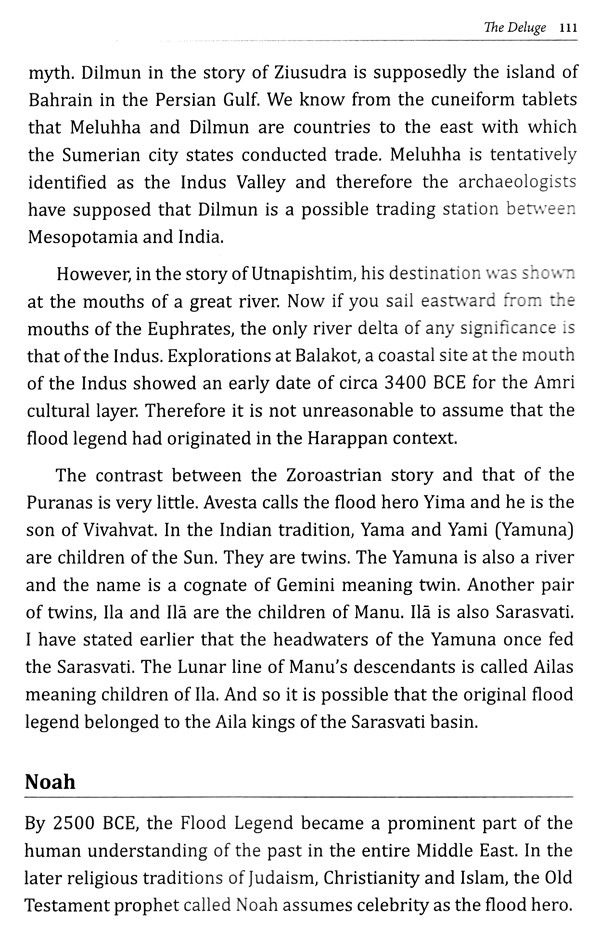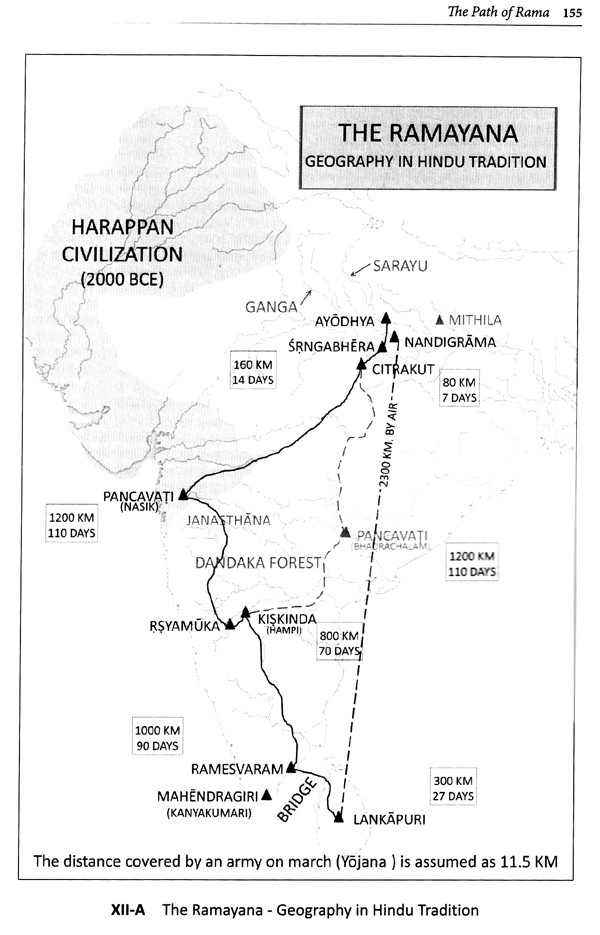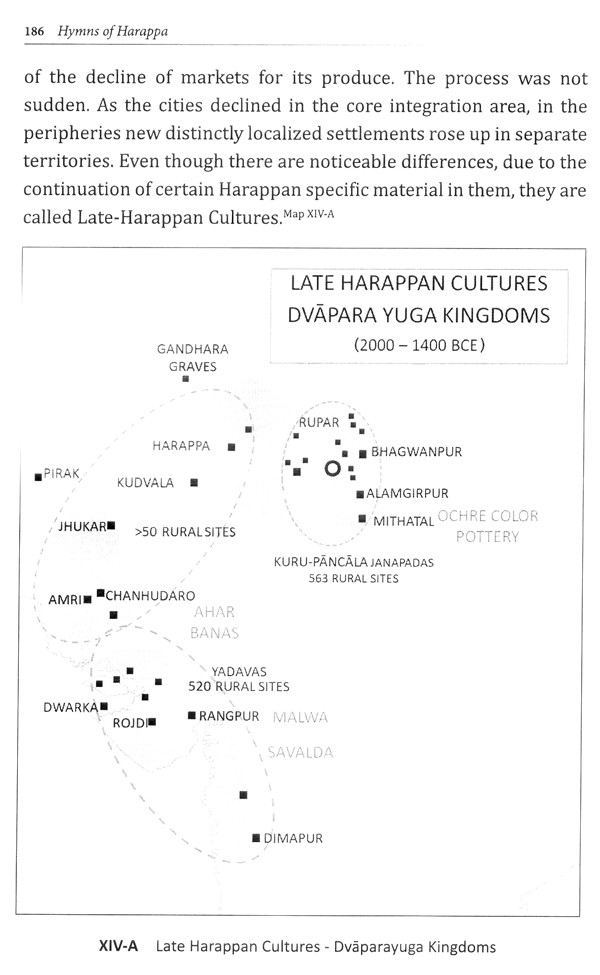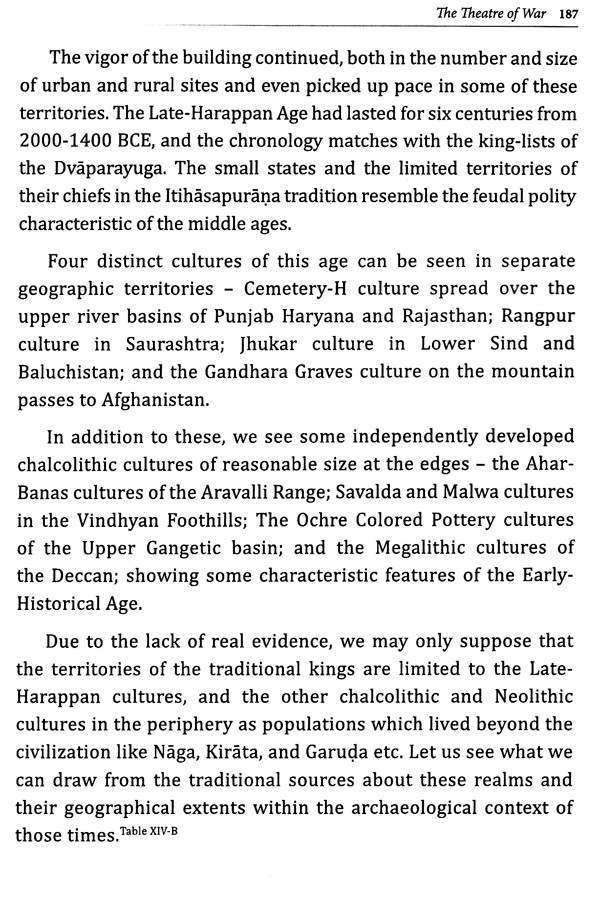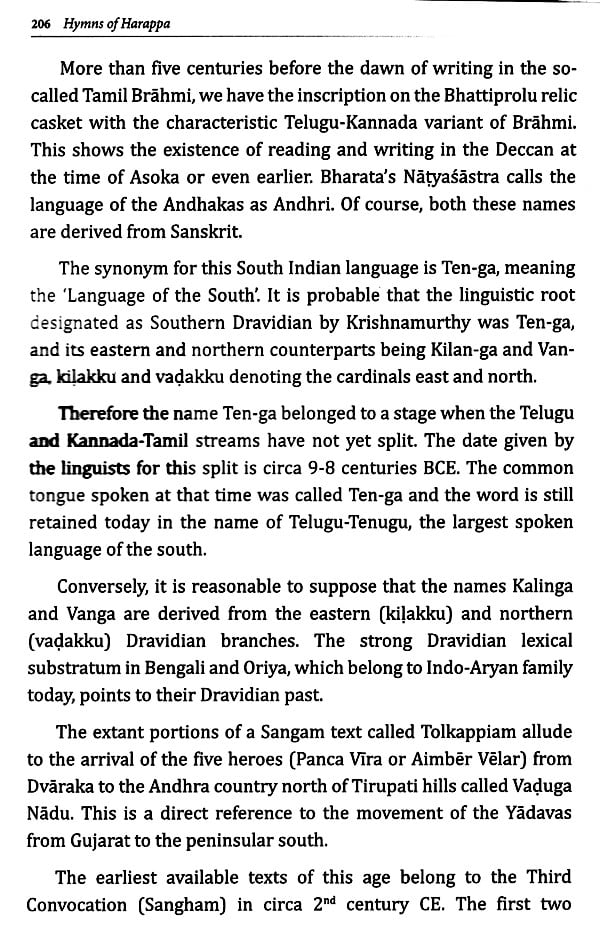
Hymns of Harappa: A New Paradigm on Traditional Histories
Book Specification
| Item Code: | UBF210 |
| Author: | Sai Papineni |
| Publisher: | Indica Academy |
| Language: | English |
| Edition: | 2021 |
| ISBN: | 9781636696621 |
| Pages: | 225 |
| Cover: | PAPERBACK |
| Other Details | 9.00 X 6.00 inch |
| Weight | 330 gm |
Book Description
|Author Sai Papineni unravels the historicity at the heart of the ancient tradition weighing it against the findings in the fields of archaeology, environmental studies, geography, genetics and linguistics. The stories and legends from India's past come alive in the background of one of the earliest and the largest urban civilizations of the world the Harappan.
It was a great city on the banks of the Indus in the modern state of Pakistan, a symbol of a civilization that had thrived five thousand years ago, and now being painstakingly excavated by generations of archaeologists. It is called Mohenjo Daro. In the local dialect, it means 'Mound of the Dead. The real 'name' of the city that had flourished for five centuries between 2900 and 2400 BCE is not known to us.
The ruins of this bygone city extend over 240 hectares, and it is just one mound. Archaeologists have identified several such mounds in the vicinity, assumedly of the so-called Indus Valley Civilization. All these are within a distance of a few hours walk from one another, and probably were part of a single large urban sprawl. If we combine these mounds, based on the number of dwellings excavated, the population could have exceeded a couple of hundred thousand. At that time the total world's population could not have been more than 50 million. And so we may suppose that 0.05% of the human population then, lived in that town. Even the most populous cities of today's world like Beijing or New York cannot claim such salience. Therefore, we may safely assume that around 2500 BCE, there was no other city on earth as large and populous as Mohenjo Daro.
About 4000 years ago the city had come to ruin and had turned into a mound of debris. We don't know its name. Today, we call it the 'Mound of the Dead, and proudly too.
What was its name, when it was still alive?
It was not just one isolated city. It was part of one of the greatest cultural achievements in the human past. In the last hundred years, archaeologists have unearthed many such towns. Indians are an ancient people, claimants of a long and uninterrupted cultural pedigree. Yet, they have no knowledge of the names of those cities built by their ancestors.
The clash of chronologies, endemic and stubborn, is the feature of the proto-historical studies, especially of the subcontinent's past. The reasons aren't many.
In 1924, when John Marshall had reported the discovery of the two sites namely Harappa and Mohenjo Daro in the plains of the Indus belonging to a very remote antiquity, most Indologists wouldn't have realized its significance. Certainly, they couldn't have seen it as what we know of it today, as the world's largest bronze-age civilization, widest in the area occupied and the different geographical terrains it straddled, and perhaps never as the most populous single urban conglomerate in its time. We cannot blame them, can we, for seeing it justly as a flash in the pan, an unexplained aberration to the well- established timelines of Indian antiquity, the timelines arrived at after painstaking research into linguistic and epigraphical sources and scholarship for over a century. But explaining they did and by doing so they had inadvertently planted the seeds of conflict. The trouble began.
The dates proposed by the traditionalists did not explain the early Indian civilization. The postulates and postures made based on magical and cosmological imagery had not stood the scrutiny of science. Further, the nomenclature given by the early Indologists.
**Contents and Sample Pages**
